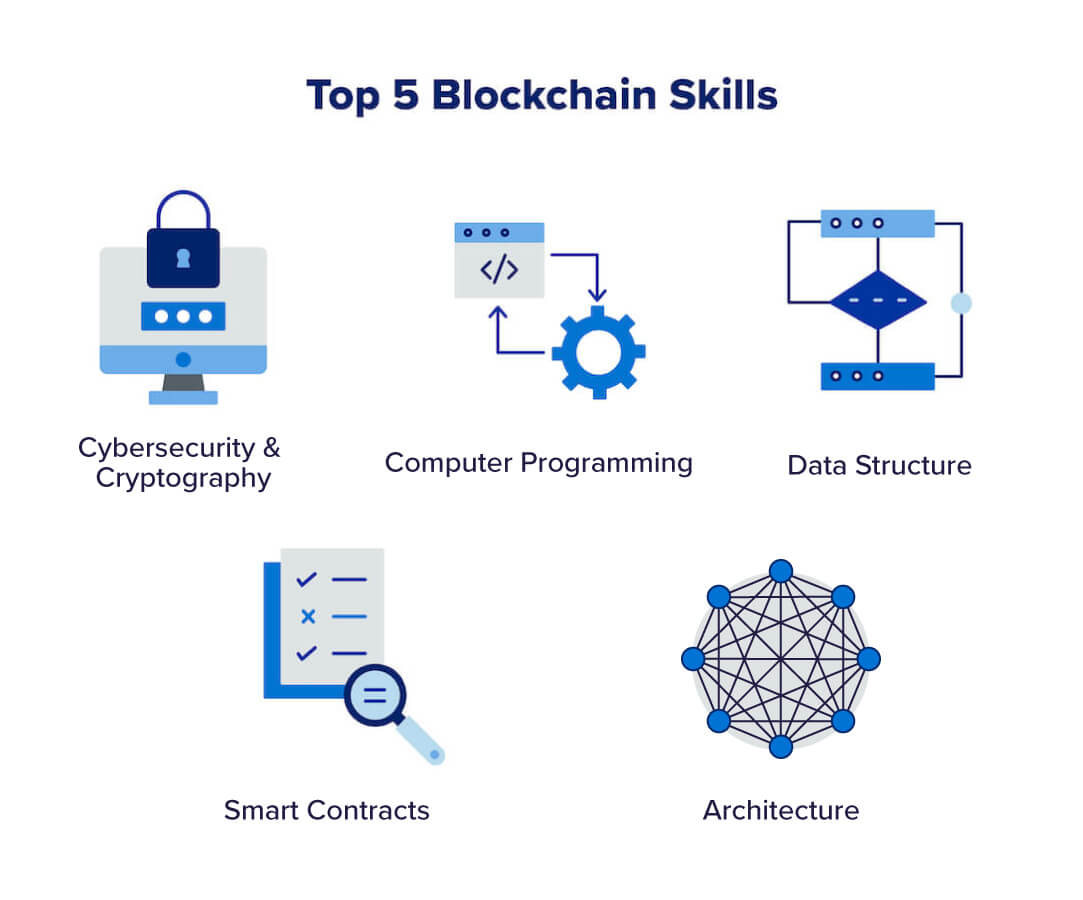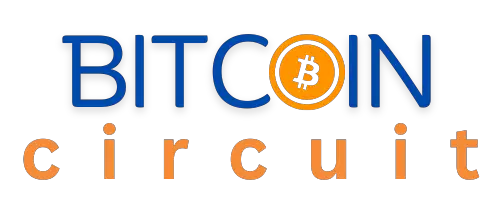The best way to understand blockchain is to study its decentralized and transparent nature. Blockchain is a revolutionary technology that has the potential to transform various industries by providing secure and immutable transactions through a network of interconnected nodes.
Understanding blockchain involves recognizing its digital ledger system where transactions are recorded in a series of blocks. Each block is linked to the previous one, forming a chain of information that cannot be altered or tampered with easily. By studying the principles and mechanics behind blockchain, individuals can grasp its potential applications and how it can revolutionize industries such as finance, supply chain management, and healthcare.

What Is Blockchain?
A blockchain is a decentralized system that is built on a distributed ledger technology. It is a chain of blocks, where each block contains a list of transactions. The blocks are linked together using cryptographic hashes, forming a tamper-proof and transparent record of all the transactions.
| Advantages | Disadvantages |
| 1. Increased security | 1. Scalability issues |
| 2. Transparency and immutability | 2. Energy consumption |
| 3. Elimination of intermediaries | 3. Lack of governance |
A decentralized system offers increased security by eliminating the need for a central authority. Transactions on a blockchain are transparent and cannot be altered, providing transparency and immutability. It also eliminates intermediaries, reducing costs and time in various processes. However, scalability and energy consumption remain a challenge for blockchain technology. Additionally, the lack of governance can lead to difficulties in decision-making and resolving conflicts.
How Does Blockchain Work?
Blockchain, the innovative technology behind cryptocurrencies like Bitcoin, is a decentralized distributed ledger system that ensures secure and transparent transactions. It functions through a series of steps that offer transaction verification and consensus mechanisms.
To understand how blockchain works, it is crucial to comprehend the process of transaction verification. When a transaction is initiated, it is grouped with others in a block. This block is then added to a chain of previous blocks. Each block contains a unique cryptographic hash, ensuring the integrity of the data.
Consensus mechanisms play a vital role in blockchain as well. These mechanisms are the algorithms used to validate and agree on the state of the blockchain. They enable multiple participants, known as nodes, to reach a collective agreement on the validity of a transaction without the need for a centralized authority.
By combining transaction verification and consensus mechanisms, blockchain allows for secure, transparent, and tamper-proof digital transactions. Its potential reaches far beyond cryptocurrencies, with applications in various industries such as supply chain management, finance, healthcare, and more.
Types Of Blockchains
Public Blockchain: A public blockchain is a decentralized network where anyone can participate and it is accessible to all. Transactions are transparent and anyone can view the transaction history.
Private Blockchain: In a private blockchain, access is restricted to a specific group or organization. It provides more control over permissions and data.
Consortium Blockchain: This type of blockchain is semi-decentralized, managed by a group of trusted entities. It combines the features of both public and private blockchains.

Key Features Of Blockchain
Blockchain technology incorporates key features such as decentralization, immutability, and transparency. By utilizing a distributed ledger, it ensures secure and efficient transactions while eliminating the need for intermediaries. Understanding these fundamental aspects is essential in grasping how blockchain revolutionizes various industries.
| Immutability | Transparency | Security |
| Blockchain ensures data cannot change, enhancing trust. | Transactions are visible to all parties, promoting honesty. | Data stored in blocks is secure and tamper-proof. |
Applications Of Blockchain
The applications of blockchain technology are vast and impactful. Cryptocurrencies are one of the most well-known uses, revolutionizing digital transactions. Supply chain management is another area benefiting from blockchain, ensuring transparency and efficiency. Smart contracts are automating and securing agreements with reliability.
Challenges And Limitations
Blockchain technology faces various challenges and limitations that hinder its widespread adoption. Scalability remains a significant obstacle, as the current infrastructure struggles to handle the increasing volume of transactions, leading to delays and higher costs. Additionally, regulatory concerns pose a barrier to the full integration of blockchain technology into existing systems, mainly due to the lack of standardized regulations across different jurisdictions. Overcoming these obstacles is crucial for unlocking the full potential of blockchain and ensuring its seamless integration into various industries.
Future Of Blockchain
The future of Blockchain is set to revolutionize various industries, and one area where it holds immense potential is its integration with the Internet of Things (IoT). By combining Blockchain and IoT technologies, we can create a more secure and transparent network of devices, transforming industries such as supply chain management, healthcare, energy, and more.
Potential disruptions in the integration of Blockchain with IoT include:
- Enhanced Security: Blockchain’s decentralized nature ensures tamper-proof data sharing among IoT devices, reducing the risk of unauthorized access or data manipulation.
- Immutable Data: Transactional data recorded on the Blockchain becomes immutable, providing a trustworthy and transparent history of interactions between IoT devices.
- Streamlined Processes: Smart contracts on the Blockchain can execute automatically when certain conditions are met, enhancing efficiency and eliminating intermediaries.
- Cost Reduction: Blockchain’s elimination of intermediaries and the need for trust-building measures can lower costs associated with IoT devices’ management and maintenance.
These developments pave the way for a secure, scalable, and efficient IoT ecosystem, creating new opportunities for businesses and users alike.
Getting Started With Blockchain
Blockchain is a revolutionary technology that has gained widespread attention and interest in recent years. Understanding the basics of blockchain is essential for individuals and businesses looking to explore its potential applications. To get started, there are various learning resources available that can help demystify this technology. Online courses and tutorials provide comprehensive and beginner-friendly explanations, covering topics such as the fundamentals of blockchain, its architecture, and how it works. Additionally, books written by experts in the field offer in-depth insights into the various aspects of blockchain technology.
However, theoretical knowledge alone might not be sufficient to grasp blockchain fully. Engaging in practical projects can help solidify your understanding and apply the concepts in real-world scenarios. Setting up a test blockchain network, developing a proof-of-concept application, or participating in blockchain hackathons can enhance your learning experience and skill set.
| Learning Resources | Practical Projects |
|---|---|
|
|

Frequently Asked Questions Of Best Way To Understand Blockchain
What Is Blockchain Technology?
Blockchain technology is a decentralized, secure way to record transactions across multiple computers. It creates a transparent and tamper-proof ledger system.
How Does Blockchain Ensure Security?
Blockchain’s security is maintained through cryptographic algorithms and decentralized consensus mechanisms that prevent unauthorized modifications to the data.
Can Blockchain Be Used Beyond Cryptocurrencies?
Blockchain has diverse applications beyond cryptocurrencies, such as supply chain tracking, voting systems, smart contracts, and healthcare record management.
Why Is Blockchain Considered Revolutionary?
Blockchain eliminates the need for intermediaries, enhances transparency, reduces transaction costs, and improves efficiency in various industries.
Conclusion
Understanding blockchain’s potential is crucial in today’s digital landscape. By grasping its principles and applications, we can harness its power for diverse industries. Embracing this technology opens doors to innovation, security, and transparency, paving the way for a more efficient and trustworthy future.
Stay curious and keep exploring the endless possibilities of blockchain!

